Explore Pakistan's Ancient Civilizations
Introduction: Exploring Pakistan’s Earliest Civilizations
Pakistan is home to some of the oldest and most influential civilizations in human history. These ancient cultures not only developed advanced urban settlements but also influenced trade, art, and religion across Asia. From the Neolithic roots of Mehrgarh to the globally significant Indus Valley Civilization, and the Buddhist-rich Gandhara to the Islamic port of Banbhore, this land has witnessed millennia of continuous human achievement. Join us on a historical journey to discover the timeless legacy etched into Pakistan’s soil.
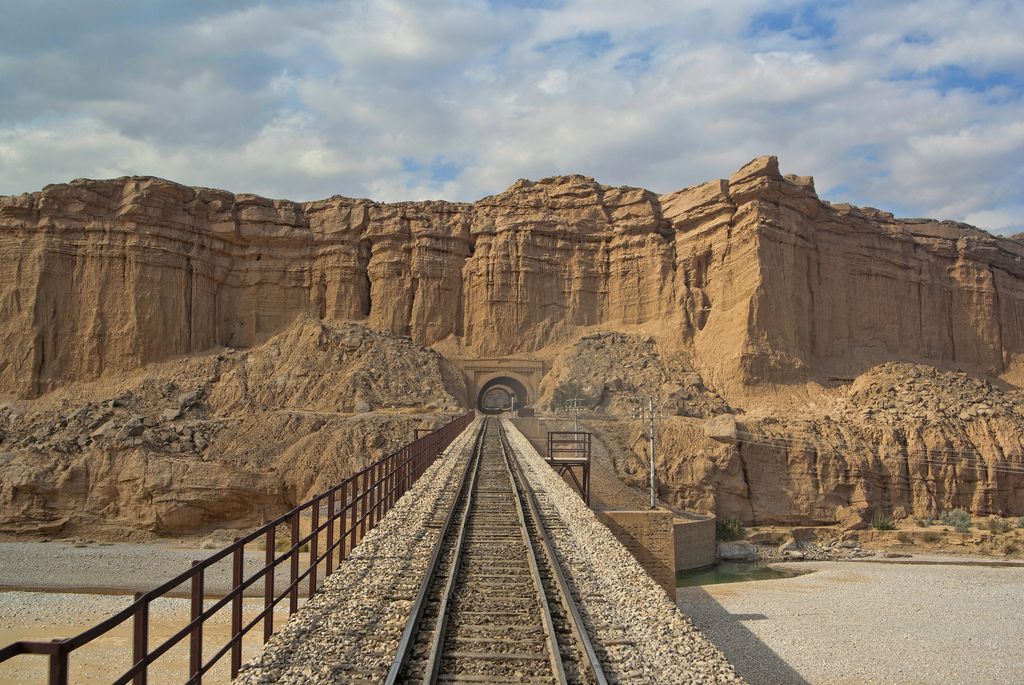
Mehrgarh – Neolithic Foundations of Civilization (c. 7000–2500 BCE):
- Location: Bolan Pass, Balochistan
- Significance: One of South Asia's earliest farming communities.
Mehrgarh is one of the most significant Neolithic sites discovered in South Asia. Archaeological findings at Mehrgarh include evidence of early agriculture, animal domestication, mud-brick houses, and finely crafted pottery. Tools made of copper and stone, ornaments, and figurines reveal a society progressing toward complexity. Long-distance trade is evidenced by the presence of lapis lazuli and marine shells. This site represents the transition from a nomadic lifestyle to a settled, agrarian culture—a foundational shift in human history. Mehrgarh laid the groundwork for the rise of urban centers in the Indus Valley.
Kot Diji – Gateway to Urbanization (c. 3300–2600 BCE):
- Location: Khairpur District, Sindh
- Significance: Precursor to Indus Valley Civilization
Kot Diji was a fortified town, showcasing early evidence of planned urban life. Its artifacts include red-ware pottery, copper tools, and terracotta figurines, indicating sophisticated craftsmanship and trade activity. The fortification suggests awareness of organized governance and defense. This site bridges the Neolithic Mehrgarh and the urban Indus Valley era, suggesting a cultural and technological continuum that eventually led to the rise of Harappa and Mohenjo-Daro.
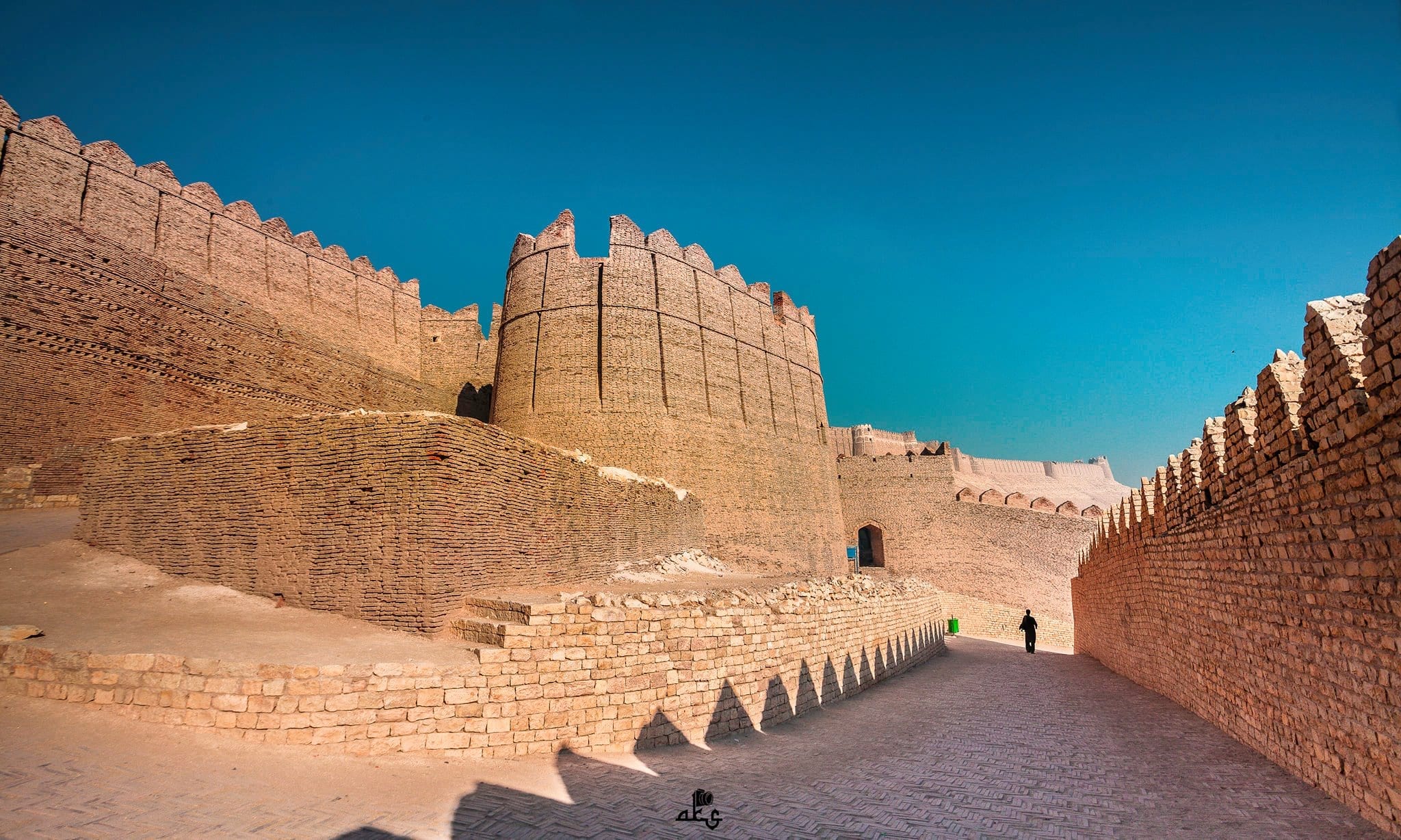
Indus Valley Civilization – Harappa and Mohenjo-Daro (c. 2600–1900 BCE):
- Location: Punjab (Harappa), Sindh (Mohenjo-Daro)
- Significance: One of the world's first urban civilizations
The Indus Valley Civilization (IVC) is a marvel of urban planning, rivaling Mesopotamia and Egypt in its time. Cities like Harappa and Mohenjo-Daro featured grid-patterned streets, advanced drainage systems, public baths, granaries, and standardized baked-brick architecture. Artifacts such as seals, tools, jewelry, and toys reflect a highly organized society engaged in regional and international trade. The undeciphered Indus script remains a mystery, but the uniformity of urban design hints at strong administrative control. The decline of the IVC remains debated, attributed to climate change, river shifts, or invasions.
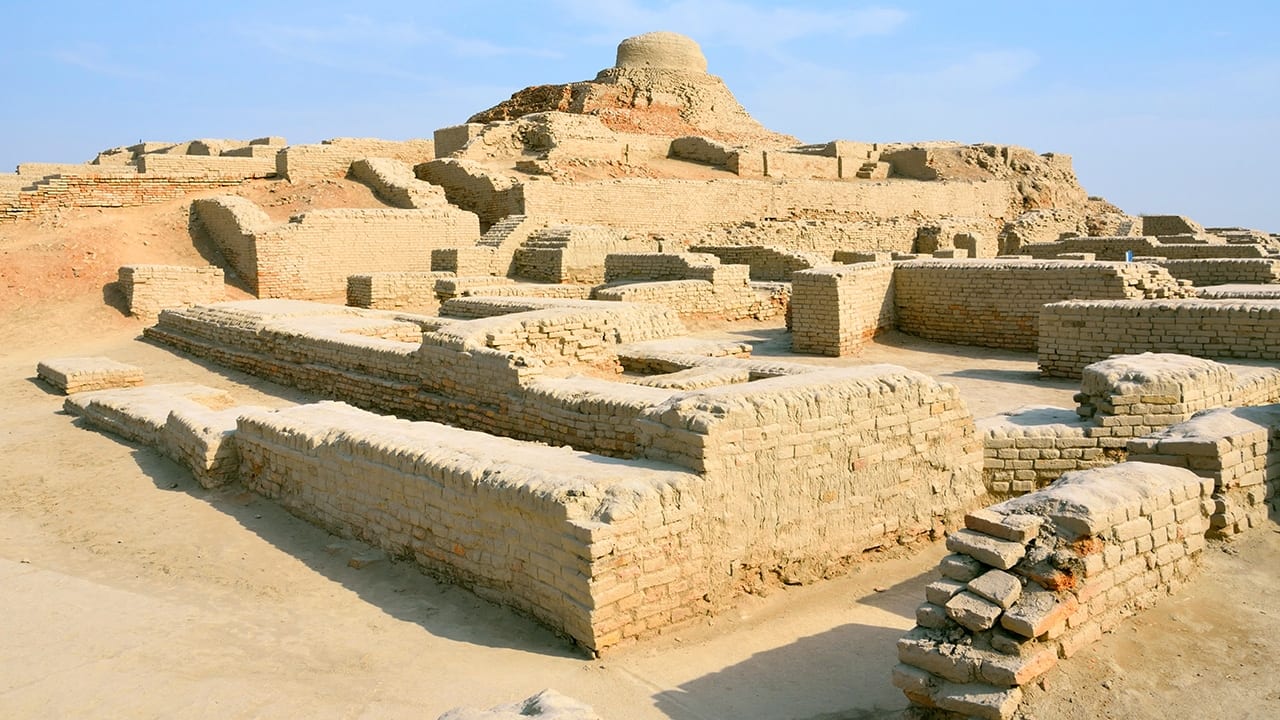
Gandhara Civilization – Buddhist Crossroads of Asia (1st century BCE – 5th century CE):
- Location: Peshawar Valley, Swat, Taxila
- Significance: Fusion of Hellenistic and South Asian cultures; Buddhist center
The Gandhara region was pivotal in spreading Buddhism to Central and East Asia. It flourished during the Kushan Empire, with cities like Taxila becoming major academic and religious hubs. Gandhara art is unique, depicting the Buddha in a Greco-Roman style, combining Indian spiritual themes with classical aesthetics. Numerous monasteries, stupas, and sculptures reflect the intellectual and spiritual richness of the era. Gandhara's legacy survives in museums and archaeological sites scattered across northern Pakistan.
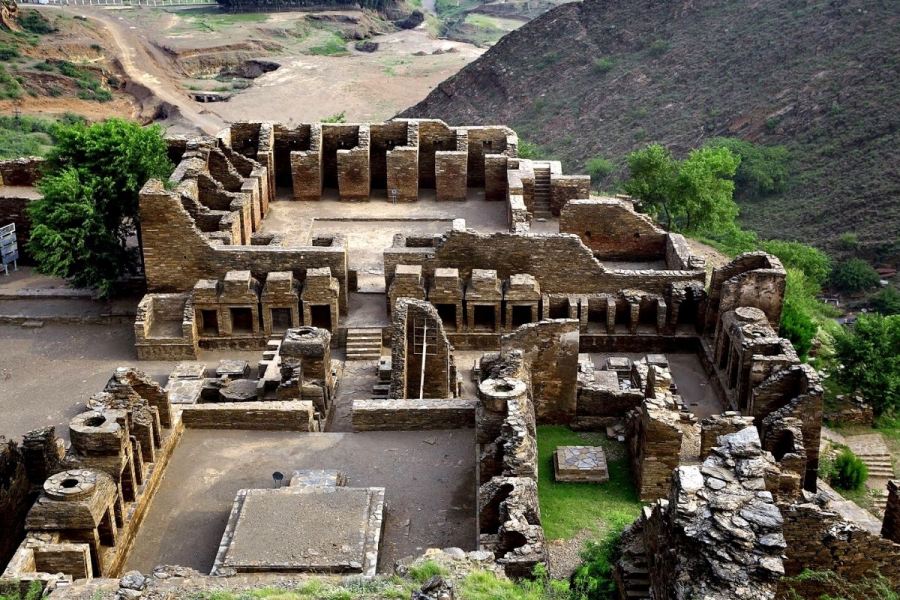
Banbhore – The Islamic Gateway (1st century BCE – 13th century CE):
- Location: Peshawar Valley, Swat, Taxila
- Significance: One of the earliest Islamic cities in South Asia
Banbhore is associated with the historic city of Debal, where the Arab general Muhammad bin Qasim arrived in 711 CE. The city became a key Islamic port, linking trade between the Middle East and the Indian subcontinent. Excavations have uncovered remnants of a mosque dating back to 727 CE, residential quarters, coins, and artifacts that reflect a prosperous multicultural society. Banbhore played a pivotal role in the Islamization of Sindh and remains a symbol of early Islamic architecture and maritime trade.
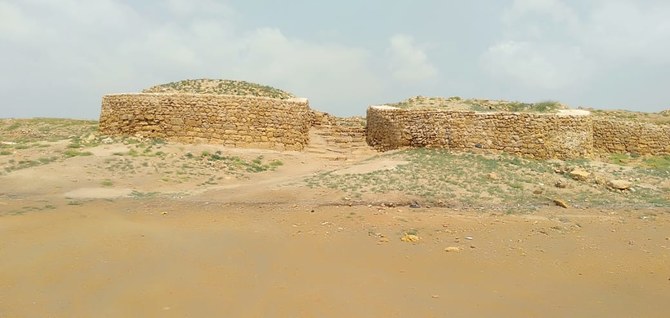
Conclusion: A Living Timeline of Civilizations
From the early Neolithic farming villages to the grandeur of the Indus cities, from the spiritually rich Gandhara to the gateway of Islamic expansion in Banbhore, Pakistan’s land tells stories that span thousands of years.
These ancient civilizations are more than archaeological marvels—they are foundational chapters in the human journey. They showcase early innovation, governance, spirituality, and cross-cultural exchange. Their legacy lives on in the landscape, art, and culture of modern Pakistan.
Travel Through Time with Crossroads Adventure
At Crossroads Adventure, we offer expertly guided historical and archaeological tours that immerse you in the depth of Pakistan’s heritage. Walk through the ruins of Mohenjo-Daro, visit ancient stupas in Taxila, or explore the prehistoric sites of Mehrgarh.
Let us take you beyond sightseeing into a journey of living history.
With Crossroads Adventure, exploration meets expertise.
